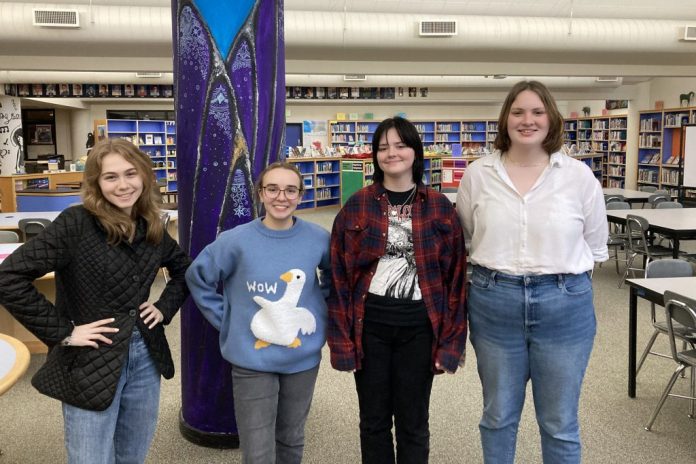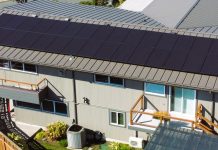
Submitted by Youth for the Environment and People (YEP), written by Addison Felty, Arden Trachta-Magruder, Kirra Horton, and Megan Jewell
We are Youth for the Environment and People (YEP!) — a cohort of teens from throughout Skagit County working to complete a climate action project. Our project involves improving food composting at Sedro-Woolley High School and educating about the importance of composting. We are writing to share how food waste contributes to climate change and how composting can limit the negative impacts.
Food waste is a big contributor to climate change. When people waste food, those food scraps usually end up in landfills, where they start to release a gas called methane. Methane is a greenhouse gas, meaning it contributes to climate change by making the earth hotter in the same way that a greenhouse stays hot.
A large percentage of food waste occurs in the home, at around 37%. When food is wasted, not only are we wasting the food itself but we are also wasting what it took for the food to get there. This includes transportation, packaging, processing, fertilizer, and storage, along with the energy and water it takes to grow. All of these additional parts of the process create greenhouse gas emissions, as well.
One way to lower the impact of the food waste we create is to compost it. Composting is the process of turning organic matter (like food scraps and yard waste) into a fertilizer. Composting significantly lowers the amount of greenhouse gasses our food waste creates compared to the amount it would create if it ended up in a landfill. The resulting fertilizer created from composting has the added benefit of being usable in many different ways. While compost doesn’t solve the problem of food waste, it is surely a better way to dispose of our food waste than just tossing it out.
Getting started with composting is actually really simple! You’ll want to begin by storing food scraps in a closed but well-ventilated container. Next, choose a place outdoors for your compost (if you plan to use it) and empty your container there. Make sure the area you choose is protected from animals (such as bears) that you don’t want attracted to your yard. Lastly, simply let the mix and scraps decompose, aerating it by turning it with a shovel every once in a while.
So, what can go into your compost mix? Any number of food scraps can go into the compost, including fruits, vegetables, eggshells, teabags, coffee grounds, uncoated paper products, and yard waste. The only organic materials you should not put in the compost are diseased plants, pet wastes, yard trimmings with chemicals or pesticides, coal, or black walnut tree clippings. Non-organic materials such as plastic or foil should never be put in the compost.
What to do with the compost once it has decomposed into a fertilizer? There are many different ways to use your DIY compost: You can use it as mulch in gardens, add it to potting soil, distribute it on lawns, feed it to potted plants, and add it to soil around trees. These are just a few ways to return the nutrients back to the earth and reduce the impact your food waste has on climate change.
YEP! is a program designed by RE Sources in Bellingham and co-run by North Cascades Institute in Sedro-Woolley.



































